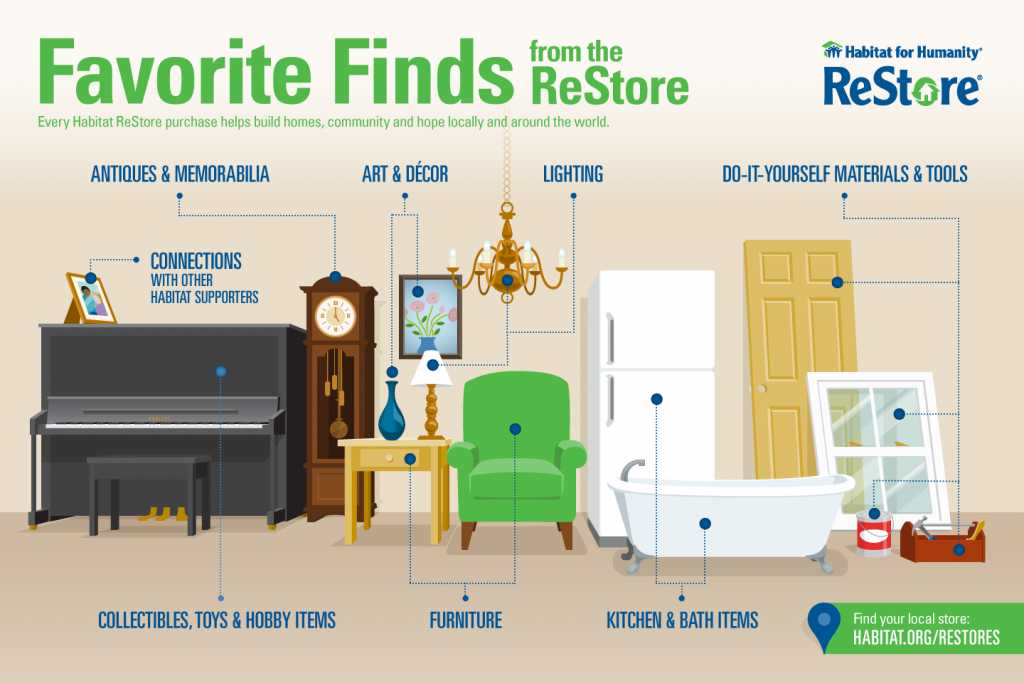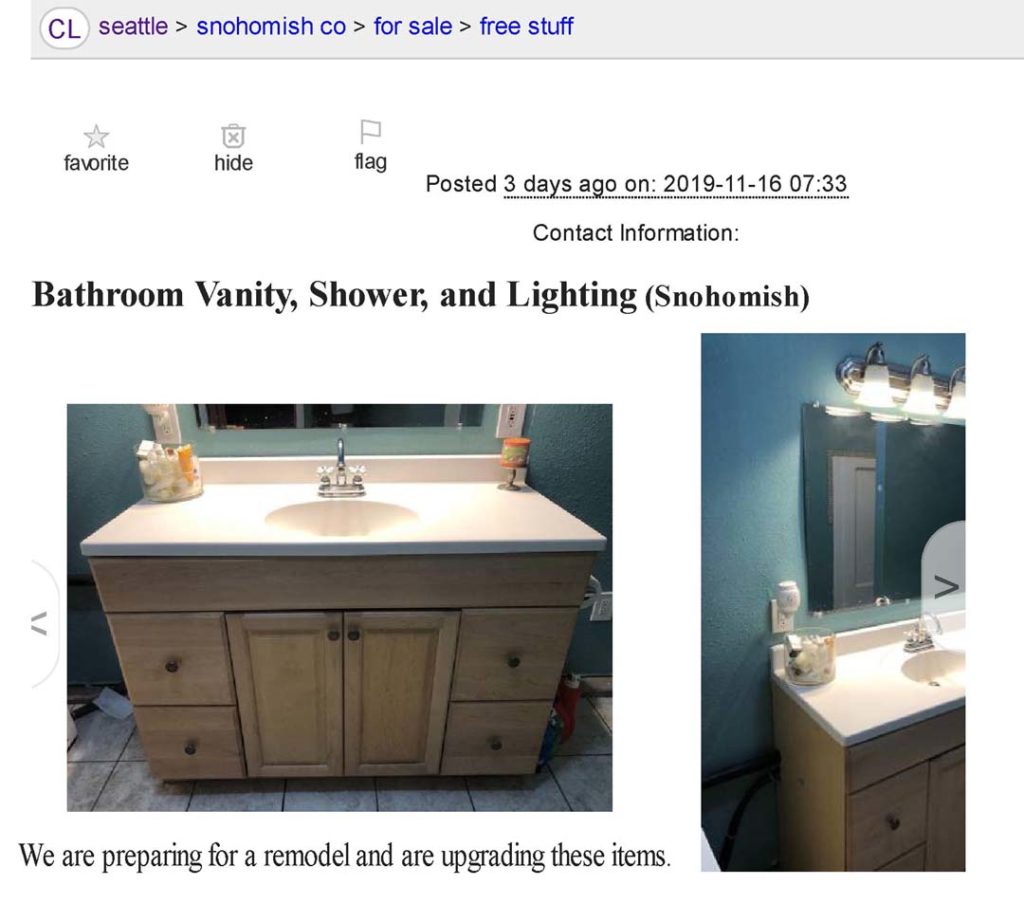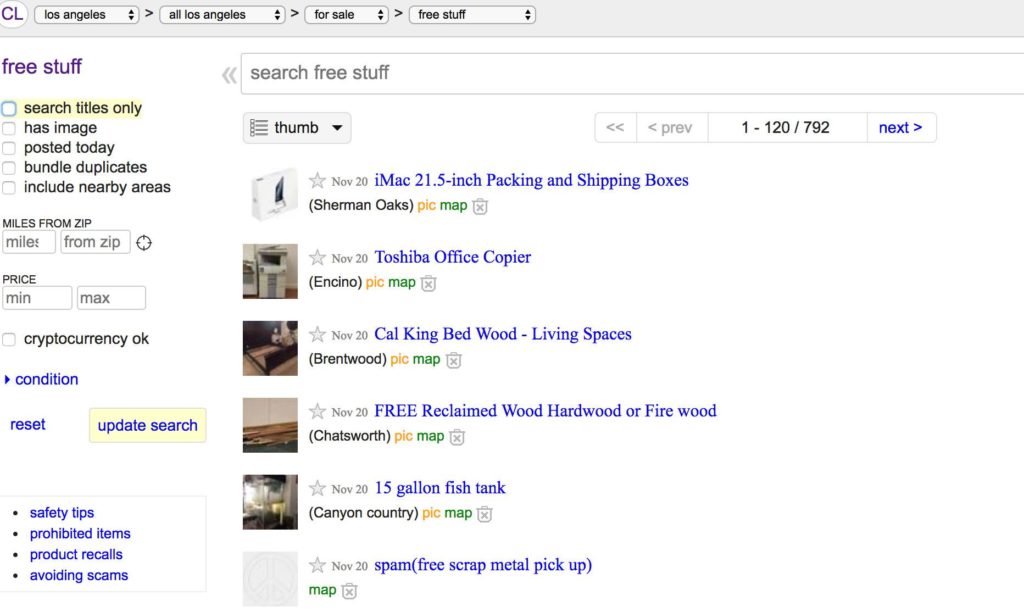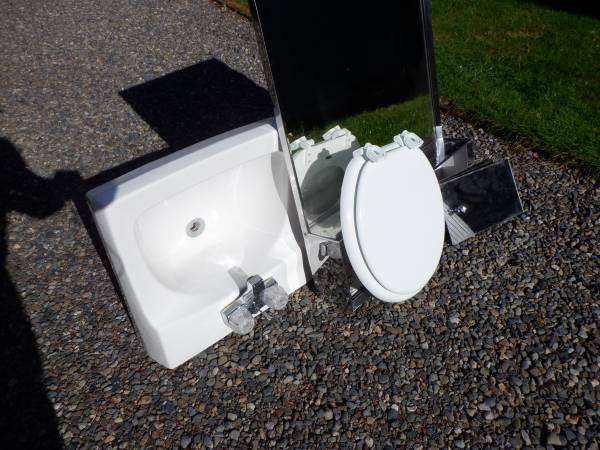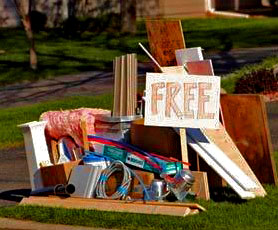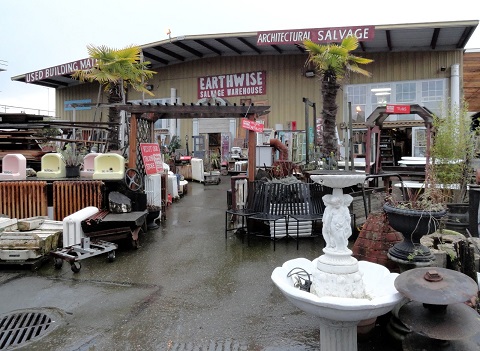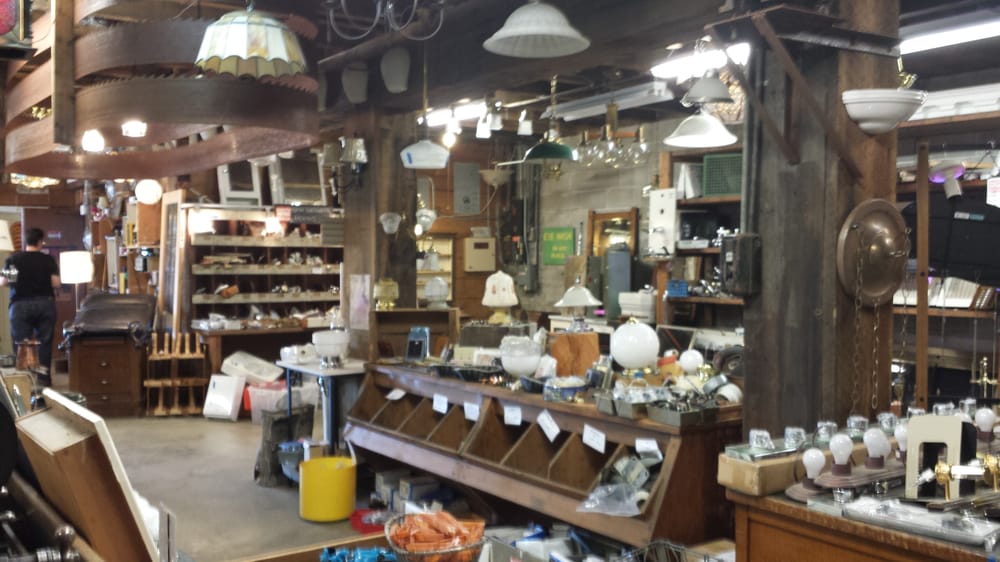How to "Go Green" Without going bankrupt
Tips and tricks to save you money,
while also saving our environment
Green building practices are becoming more popular as people recognize the impact construction plays on the global environment. While there are many levels of green certifications that can be applied to different aspects of the construction process, one of the easiest ways to start ‘thinking green’ is in the approach to sourcing materials and reducing waste.
Let’s examine these ideas in the following points.
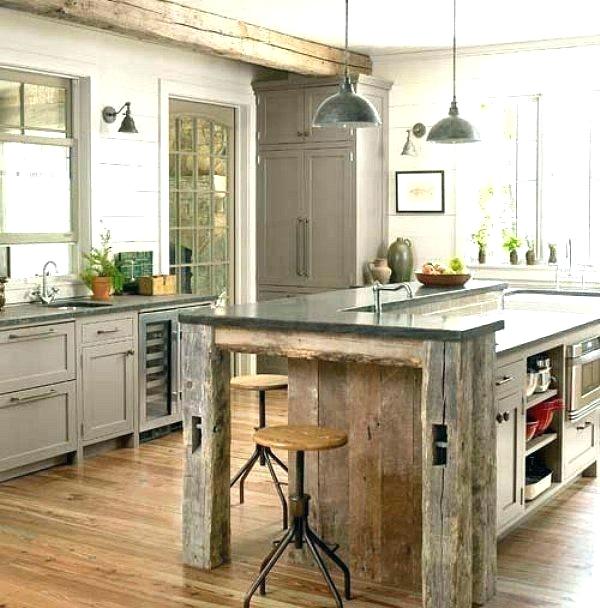
Traditional building practices.
"They don't build them like they used to"
If take a look at houses built over 100 years ago, you will notice something interesting. The subfloor (the layer of wood between the joists and the hardwood or carpet) tends to be made from ¾” boards that run diagonally to the rooms they are in. Take a closer look at them and you may see old concrete stains on them. That’s because they had been previously used as form boards for the foundation of that house.
The expression “They don’t build them like they used to” is true in many aspects of construction. Using everything available and throwing nothing away was typical in those days. Even the leftover bits and pieces after a project was completed were often used by the neighbor down the road for some repair project or other use. It was a simpler time and things were harder to come by, so it made good sense.
Sure, we have made many technical advances in construction that make things more efficient and last longer. Unfortunately we have also transitioned into an “out with the old, in with the new” mindset that doesn’t stop to ask the question “where does the old stuff go?”.
Cause for Change.
In 2017, it was estimated that we produce over 20 million tons of waste every year from the construction industry. That number is expected to double by 2025.
It’s clear that the desire to update our living and work spaces does have a far reaching impact. But even if we want to do something about it, the question remains…
How do we take the ‘fill’ out of landfill?
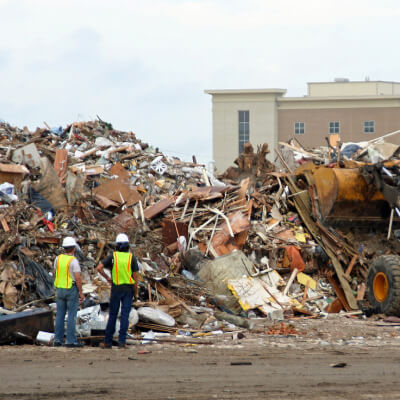
The issue is compounded because when we choose to remodel a space, it’s not just all of that demolition debris that goes to a landfill that concerns many people. Once we tear out those old cabinets, walls, floors, etc we need to replace them with something. Even an open design with a ‘minimalist’ decor style still needs fixtures and floors.
The Rainforest Action Network estimates that we cut down between 3.5 to 7 Billion trees every year globally (and that 37% of that is for timber harvesting). Thankfully, here in north america, there has been greater effort to create sustainable forestry policies than in other areas of the world.
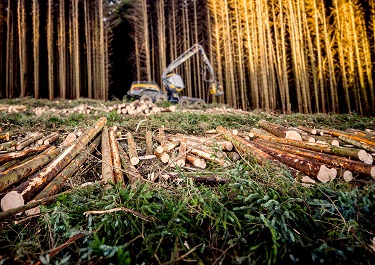
We have also made great progress in the use of engineered wood products in recent years, there’s still a lot of timber used in the average remodel project. There are alternatives to a ‘stick built’ house that uses less lumber, however each alternative comes with it’s own set of drawbacks and side effects from the manufacturing process to the shipping distances. We have a long way to go before we can just 3D print an entire house from recycled plastic bottles.
Reducing the waste
Obviously every remodel or construction project is going to have specific differences. There are an impossible number of variables to consider, so we can only talk in generalizations and common examples.
Let’s look at two of the most common remodel projects that happen with the most frequency.
Kitchen and Bathroom remodels.
We spend a considerable amount of time in our kitchens and bathrooms. Kitchens are the life of any party and one of the things most often considered when we look at houses on the market. So it makes sense that it’s one of the rooms in a house that gets the most attention when we think of upgrading our homes.
What happens when we rip out that old kitchen and bath?
Typically, it all goes to the landfill. The old cabinets are considered useless because if they don’t meet our tastes, who the heck would want them, right?
The same can be said for sinks, appliances, old countertops, and even our bathtubs and toilets.
But let’s look at it from a different perspective.
Let’s say there’s a guy a few miles away that’s looking to do a few of his own home improvements. We will call him “Jim”.
Jim is a hardworking homeowner that wants to turn his unfinished basement into a mini apartment for his mother in law, but he is struggling to make this project happen.
Jim has little to no budget for these projects because it wasn’t a long term plan of his, it’s come up somewhat unexpectedly. He isn’t too concerned with the overall look, as long as it functions well. He also needs to move his stuff from the basement into the garage, so he can still have a place to tinker around with his hobby.
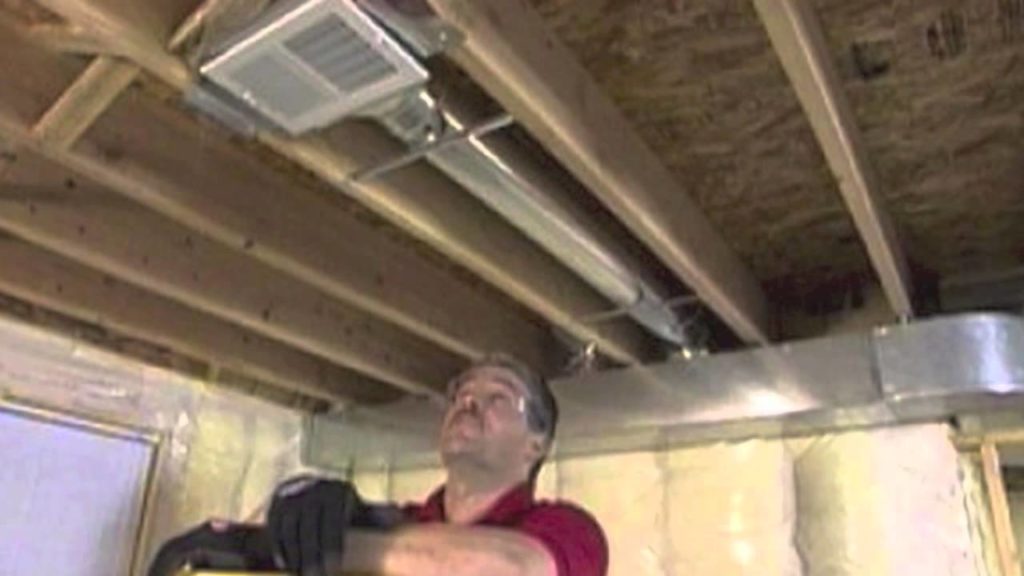
You can see what we are getting at right?
Those old cabinets and countertops might work for Jim’s mini basement kitchen, or they could be used in his garage just to organize his tools. That old kitchen sink of yours might not be anyone’s idea of perfect. But if it can still be used to do the dishes, why should he go out to Lowe’s and buy a new one?
The point is this, before it goes to the landfill, we can at least give your old stuff one more chance to be useful.
What kinds of things can be reused?
It can be hard to imagine how anyone can want our old debris when we just want to get rid of it. That said, you have to think about it from the perspective of someone trying to solve a problem that you don’t have.
- Old concrete chunks can fill in a hole where a tree or old heating tank were removed.
- Old 2×4’s full of nails can be stripped of the nails and used to build a tool shed, or even cut into sections and burned in a fireplace with the nails still in them.
- Trim that was removed from your house may exactly match another house in your area. This is a common problem for craftsman style houses, because that style of trim may no longer be made. Having replica trim created to fill in an area can be very expensive.
- Windows and doors that are out of style but still functional may work perfectly for someones new garage.
- Plumbing and lighting fixtures as well as appliances are one of the most common things that get updated as tastes and styles change. However, as we discussed with our fictitious example of “Jim”, sometimes people’s budget outweigh their need for style.
Lorem ipsum dolor sit amet, consectetur adipiscing elit. Ut elit tellus, luctus nec ullamcorper mattis, pulvinar dapibus leo.
Shopping around for alternatives
Let’s focus on some ways to reduce waste as you look to improve your home or work-space with new items.
There are many ways of acquiring products that are not mass produced.
At the outset, we should point out that some of the options discussed here may cost you extra time (and/or money), but they can also save you money. Some of this will depend on how much of your own time you have to invest in the process, and planning for it at the earliest stage possible. It may also require a bit of extra effort than buying mass produced items off the shelf, but don’t let that stop you from reading on.
One example for people looking at alternative building materials, are places like the Habitat for Humanity stores.
They can be found in most major cities, and It’s a great place to look around on a Saturday morning while you are still in the planning stage of your remodel.

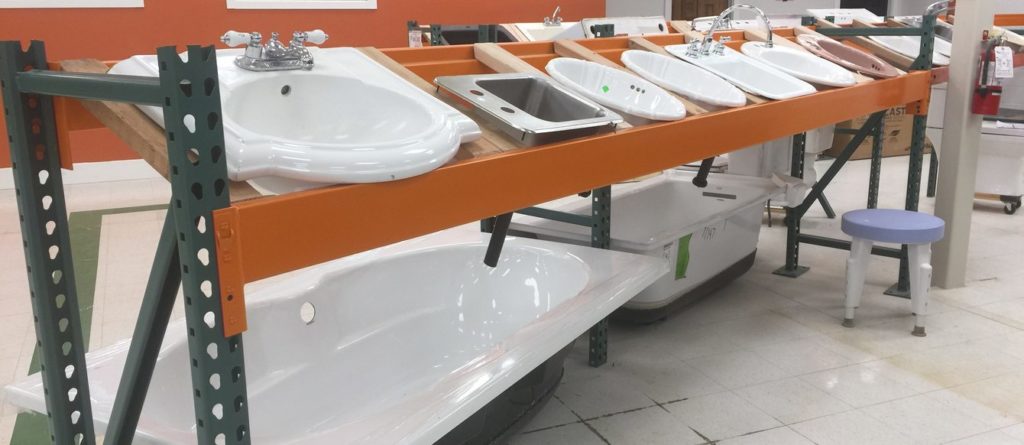
You might think it’s going to be filled with a bunch of old junk that nobody wanted, but you’d be surprised at some of the things you will find. Items get donated simply because they’re wrong size, color, or got a scratch on the side that was going to face the living area. Sometimes special order items are donated because people change their minds once it is delivered, but they can’t returned. Even the big box retail stores donate items there when they need to clear space for new stock.
Want an easier option?
Spend 10 minutes looking on Craigslist and you might be surprised what you can find for cheap or even free! Sure, you will have to make arrangements to transport things, and possible store them until they are ready to be installed. That being said, for next to nothing you could end up with a one of a kind vintage cupboard that becomes a showpiece of your new kitchen. There are treasures to be found if you are willing to invest a little time.
Reclaimed lumber is also another popular design choice. It’s so popular in fact, that producing new wood that looks like it came off of an old barn is a booming business.
Taking old wood and repurposing it often comes with some extra labor. When old wood is removed from buildings it may have nails in it. The old boards might have signs of weathering which need to be sanded down to fit their new purpose. But a fireplace mantel made from old twisted beam can make a stunning visual impact. Another popular design feature is using old shiplap planks to create an accent wall.
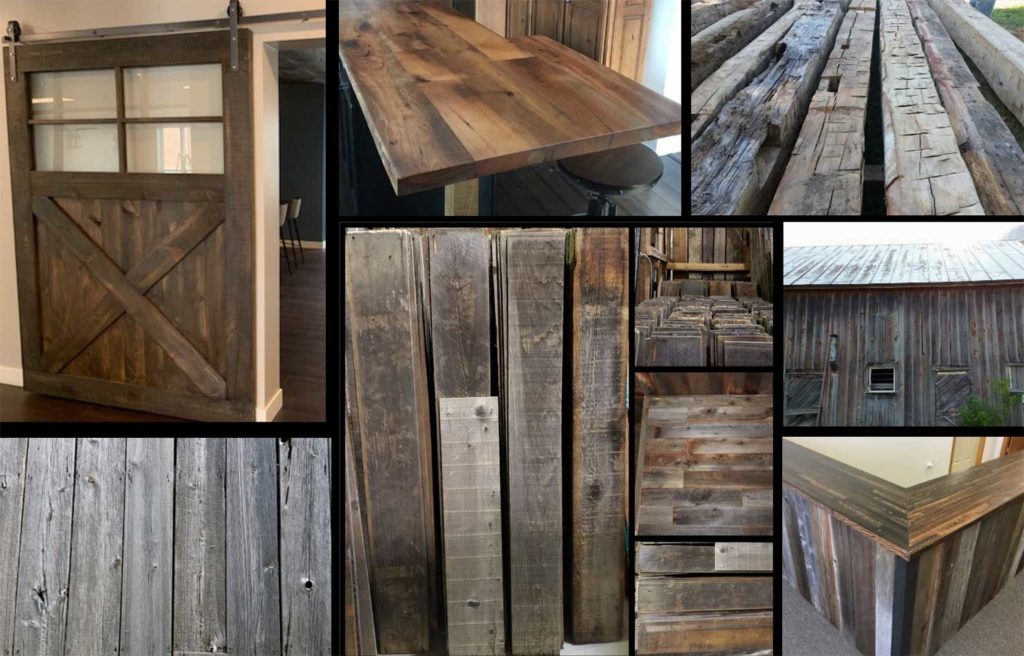
Finding a builder to work with you on reducing waste from the project, and using materials you acquire from alternative sources shouldn’t be too difficult. Some builders may not be willing to use certain materials for some aspects of your project. If this is the case, they should be able to explain to you why they would prefer to use a different material. For example, cork flooring is a sustainable option to hardwood, but we wouldn’t suggest using it for a kitchen or laundry room floor.
Most builders follow a simple ethos, “give the customer what they want”. At the end of the day, they aren’t going to live there, so if you prefer a vintage look to you bathroom vanity and it’s not their taste, they shouldn’t argue too much about it.
The same goes for dealing with construction waste. If you are in negotiations with a building firm and you let them know that you want as much of the material they remove to be preserved for reuse, they should be willing to comply with that. Even though it might mean that their staff have to remove old cabinets in one piece rather than just taking a sledge hammer to them, it also means that they will have less to pay when they go to the dump.
Resources
We mentioned a few examples of places to turn in sourcing materials, but we wanted to give you a list of options. Of course there will be other options not covered here, so if you think of something we missed please leave us a comment or send us a message so we can update our list.
Admittedly our list will be Seattle focused, but if you’re living somewhere else you may be able to find similar options for you.
-3rd party environmental construction debris removal specialists.
To be clear, this does come at a slightly added expense compared to the other options we are discussing in this post. The advantages are that neither you, nor your builder need to spend extra time or effort sorting through the debris, and it all gets dealt with in as environmentally friendly way as possible.
One such service is Action Junk Removal
While we at Talon are not affiliated with this business in anyway, they do seem to provide a debris removal service that separates debris and keep as much of it as possible from reaching the landfill. Nationally they have good reviews although, at this time their local Seattle Yelp page has only 1 (5 star) review.
-Habitat for Humanity stores.
This is like a Value Village (or Goodwill) version of a home improvement store.
Also called ‘Habitat ReStores’, there are around 800 locations all across the US.
There are 3 locations in the Seattle area which include Southcenter, Auburn, and Bellevue.
If you are interested in donating items to them, you can call them to arrange pick up of your unwanted home improvement items or furnishings.
They tend to want things that are in good shape or in demand, so if one location isn’t interested because they already have too many of that item, you can try one of the others.
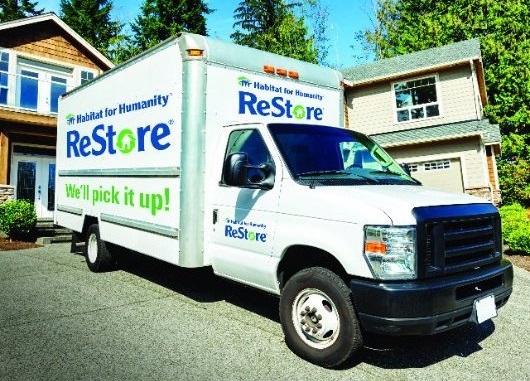
-Craigslist
As we mentioned earlier, Seattle Craigslist is a widely used resource for people looking to buy/sell/donate items of all types. We suggest you try searching for what you’re looking for by keywords or simply browse regularly in the Free and For Sale categories. You can also search the Wanted section to see if anyone is looking for something that you are trying to keep out of the landfill.
If you’re interested in finding someone to take your construction debris or unwanted items like an old sink or toilet, we suggest taking a photo of it before it’s removed. A short description of the item with the sizes and letting people know it works is also helpful. Experience has taught us that posts with phone numbers do tend to get a quicker response. That said, if you don’t want to be bothered by calls, you can just use the anonymous email system provided by craigslist. Either way, you can remove your post once the items are gone.
Another method is to set your items at the curb if they won’t be affected by the weather, and just post the location. Most of the time, an item (such as a washer, or working kitchen range) posted in the morning, is often gone by late afternoon or the next day, and there’s no need to talk to anyone. Once you notice the item is gone, you should remove the post so people don’t keep showing up to look for it.
If you’re interested in finding someone to take your construction debris or unwanted items like an old sink or toilet, we suggest taking a photo of it before it’s removed. A short description of the item with the sizes and letting people know it works is also helpful. Experience has taught us that posts with phone numbers do tend to get a quicker response.
That said, if you don’t want to be bothered by calls, you can just use the anonymous email system provided by craigslist. Either way, you can remove your post once the items are gone.
Another method is to set your items at the curb if they won’t be affected by the weather, and just post the location. Most of the time, an item (such as a washer, or working kitchen range) posted in the morning, is often gone by late afternoon or the next day, and there’s no need to talk to anyone. Once you notice the item is gone, you should remove the post so people don’t keep showing up to look for it.
-FreeCycle.Org
Free Cycle is another website which can be a great resource for donating unwanted items as well as finding something you need at zero cost (other than your time).
Unlike Craigslist, there is no ‘for sale’ section because the site is dedicated to free items alone.
-Earthwise Architectural Salvage
This seems to be a good place to find unique items, although we don’t have a lot of experience with them directly. Donations are accepted and depending on what you have they may even arrange to pick items up from your location. They are located in Seattle on 4th Ave S. and seem to have favorable Yelp reviews.
According to their website:
“Our retail warehouses are full of both vintage and new doors, windows, lighting, hardware and lumber. We also offer a diverse assortment of architectural antiques including stained glass, wrought iron, pillars, posts, and columns. Tour our Seattle, Tacoma, and Aberdeen stores and feel the history! Our salvage experts will be happy to walk you through the process, detailing what we can do for you and your project – all on a no-fee basis!”
Taking it a step further
Green building practices can go way beyond reducing the waste of the construction process.
Design and material choices are also a large part of meeting current standards for Green building practices. Designing your house with good insulation and strategic placement of energy efficient windows can help to reduce heating and cooling costs.
Likewise, the use of sustainable products or those made of recycled materials can reduce the carbon footprint of your building project. Many products now come in a variety of low VOC options to further reduce the amount of harmful chemical compounds in your home.
Other popular options for increasing the energy efficiency of your house include low flow plumbing fixtures and energy efficient appliances. Even wrapping your water heater in a specially designed insulating “blanket” can reduce it’s demand for energy until you are ready to convert to a tankless water heater.
If you’re interested in finding out more information about this topic, we suggest checking out the EPA’s page on green building standards.
Additionally, if you’re interested in knowing more about the 4 levels of LEED certifications for your building project, the USGBC page is a great place to start.
In Conclusion
Hopefully you found this information to be helpful.
If you’re already familiar with the 5 R’s (Reduce, Reuse, Refuse, Repurpose, and Recycle) then this is probably not radically new thinking for you.
At Talon Enterprise, we strive to serve the demands of our clients. While we do separate out as many recyclable materials, such as metal parts from solid waste, we’re not always able to separate demolition debris for every job we do. It varies from job to job and client to client, but we try to do it as often as possible.
When our clients let us know that they are looking to reduce the overall waste from their project, we make an extra coordinated effort to deconstruct, rather than demolish the sections of the building we are working on. While it does take some extra time and expense, we like to think the benefit to the environment is well worth the effort.
If you’re reading this as you are considering our services for your building project, we encourage you to bring it up as we meet to discuss your build. That way we can talk through the process with you to see what options meet your needs as far as sourcing new material or passing on the items we will be removing.
Seattle has a well documented role in environmental consciousness. We are happy to do our part to support that in whatever way we can, because we also care about our impact on the ecosystem. It’s true what they say, it’s important to ‘think globally and act locally’.


